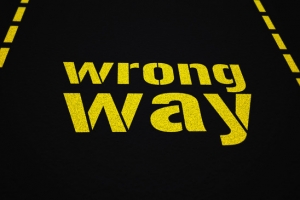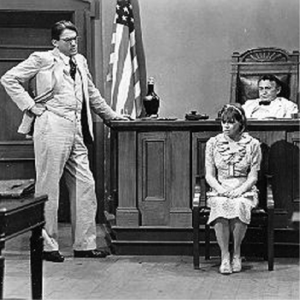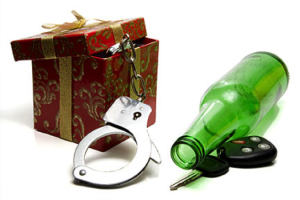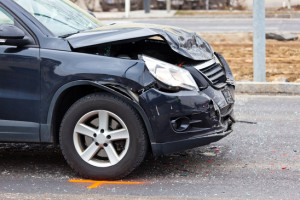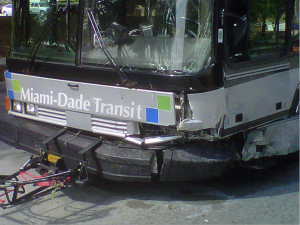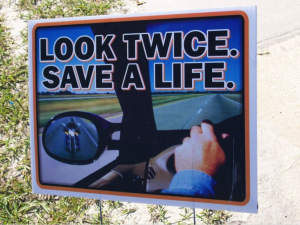Florida’s seat belt laws are designed to reduce the impact that personal injury accidents have on individuals and families. Those who are not wearing a seat belt in the event of an accident are more likely to get injured and killed than those who buckle up. Under Florida Law, all front seat passengers are required to wear a safety belt and all passengers under 18 years of age are required to buckle up regardless of where they are seated in the car. The law is subject to primary enforcement, meaning that an officer can pull you over if he or she has reason to suspect that you aren’t wearing your seat belt.
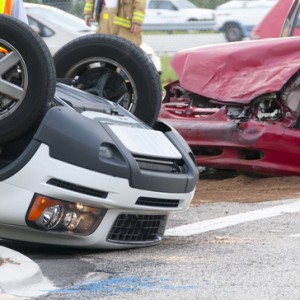
Primary enforcement of seat belt laws has been credited with increased seat belt use and compliance, as primary enforcement laws give officers the ability to protect children who are not properly restrained.
Yet, the law isn’t perfect. According to an article published in the New York Times, the ACLU recently reported that black drivers are more likely to face primary enforcement of seat belt laws in Florida than white drivers. In some counties the disparity in the number of stops was significant. For instance, in Orlando, black drivers were three times as likely to be stopped for not wearing a seat belt than white drivers.
 Miami Personal Injury Attorney Blog
Miami Personal Injury Attorney Blog


